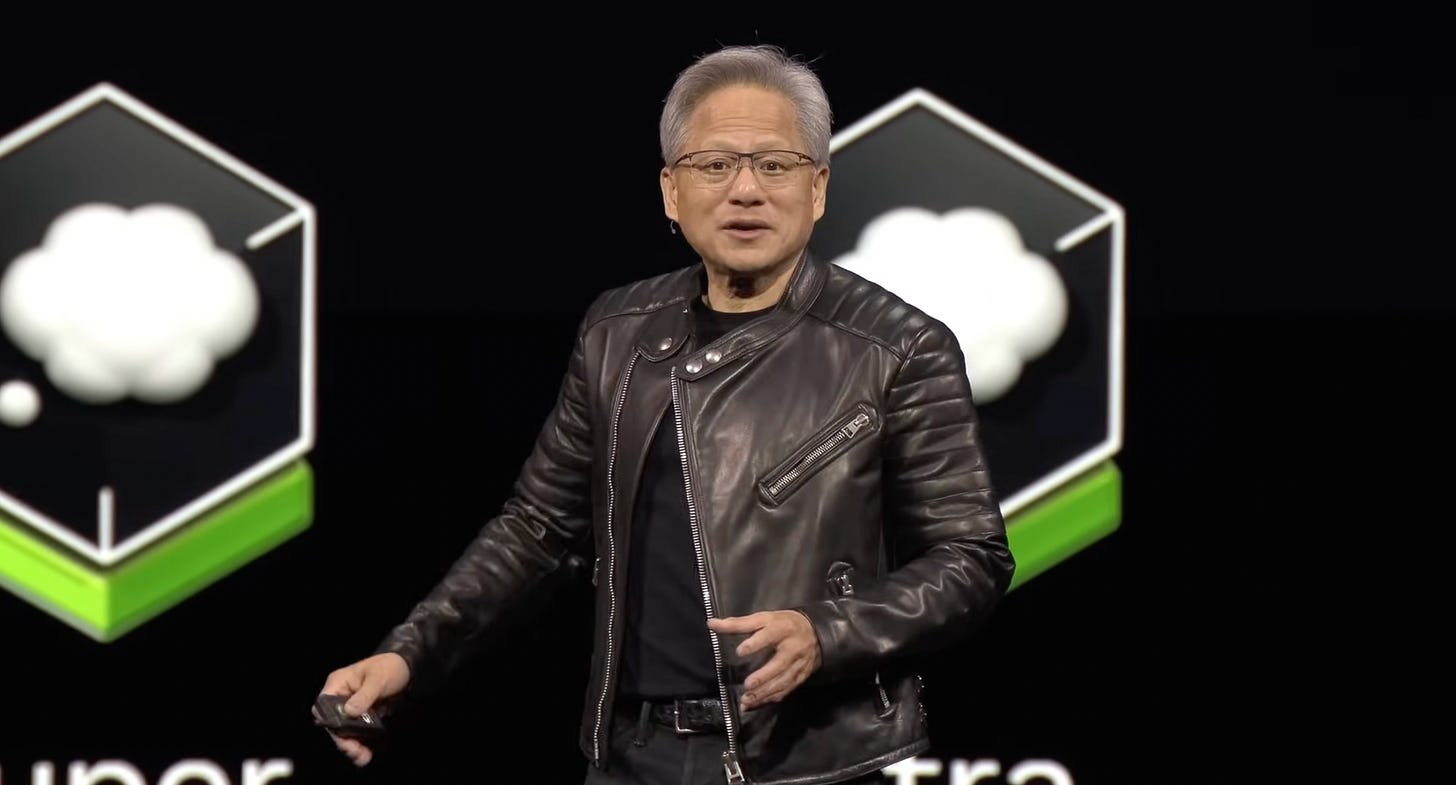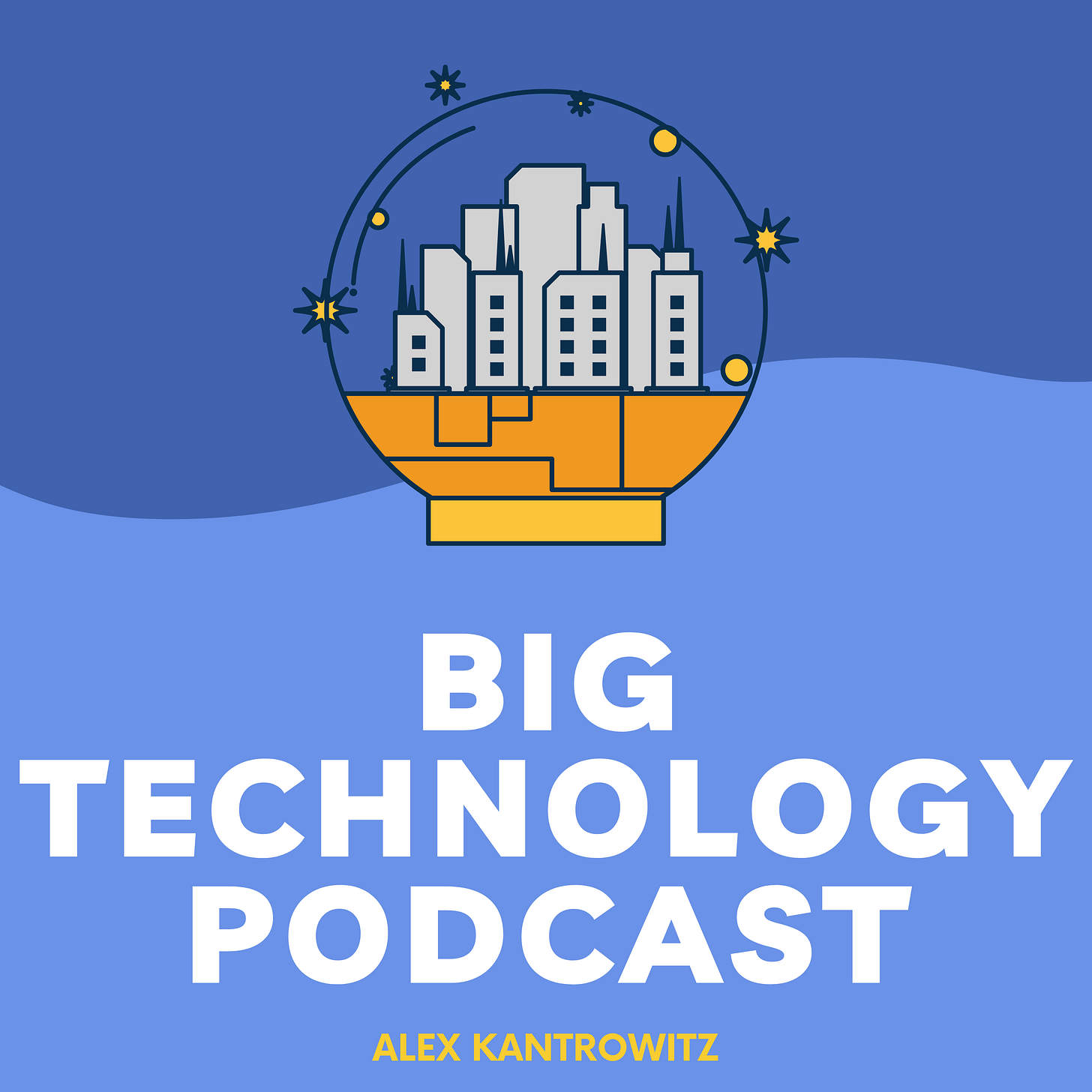Why Nvidia Is Building Its Own LLMs
Chip supplier and model builder? Nvidia says why not both.
Nvidia’s VP of generative AI software for enterprise Kari Briski has a presentation prep strategy that only seems possible in 2025. When she’s getting ready to speak publicly, Briski will upload her notes to her AI voice clone, listen to it deliver her talk in her own voice, and experience the presentation as an audience member. The human Briski then critiques the presentation and sharpens it based on how she feels her AI clone’s points are landing.
Though it might feel wild on the outside, Briski’s practice is not out of sync at Nvidia, where the company doesn’t just build chips, but pushes the limits of the technology it enables.
Via an initiative on Briski’s team, Nvidia even builds its own large language models. The strategy is notable given that Nvidia’s become the world’s first $4 trillion company by selling its wares to LLM builders, and so it might seem sound to leave them to it. But Briski told me in a recent interview that the company’s presence in the large language model game is foundational to its ability to build the underlying technology.
“We have to understand how to train these models at scale and then also run them at scale with inference,” Briski said. “When we do that, then we can inform not just the GPU architecture, but also storage and networking. It’s a full system.”
Nvidia’s large language model effort, now called Nemotron, dates back to 2021, before ChatGPT. Its models are open source, including the data it trains them on (a rare inclusion in today’s AI open source movement). And they can get very big. Its Nemotron Ultra model, build with elements of Meta’s Llama, is a 253 billion parameter model.
Though Nvidia’s LLMs are available via cloud providers like AWS and on the web, Briski said the Nemotron program is not meant to compete with the big foundational labs that have been essential to the company’s unprecedented run of growth. “We are not going for AGI,” she told me. “We think that there’s enough model builders out there trying to do that.”
By open sourcing its LLMs though, Nvidia gets another benefit on top of the expertise it gains building the models: A potential increase in adoption of the technology overall. Many enterprises looking to build on top of generative AI technology are interested in customizing it for their use cases, and open source models are often the solution. If they can get an open source model working to their liking, they might run bigger workloads with AWS or Oracle, increasing the demand for NVIDIA’s technology.
Today, the strategy seems to be working. AI search engine Perplexity, for instance, has optimized its models through Nemotron’s techniques. And ServiceNow is using Nemotron’s reasoning capabilities in its work to make AI useful for enterprises.
“ServiceNow has been exploring Nvidia’s Nemotron models as part of our ongoing work to make agentic AI development faster and more accessible, “ Dorit Zilbershot, ServiceNow’s group vice president of product management, AI experience, and innovation told me. “Early results are outstanding — the models are efficient and adaptable, which helps us accelerate innovation for our customers — and we plan to do even more in partnership with Nvidia.”
It’s not only AI voice clones or LLMs, Nvidia has its own self-driving car moving through its campus and around the Bay Area as part of its autonomous driving technology program. “It’s not to compete,” said Briski. “It’s really just to understand. It’s our learning process. We need to learn. We need to build things end-to-end and then disaggregate it, break it down. And so when we talk to partners, we know what we’re talking about.”
Visa introduces the Trusted Agent Protocol —enabling safer AI-driven checkout by helping merchants verify agents and avoid malicious bots (sponsor)
AI-driven traffic to retail sites is surging. As AI agents increasingly shop on behalf of consumers, merchants face new challenges. Visa’s Trusted Agent Protocol addresses these by:
Verifying legitimate AI agents
Preventing false bot blocks
Supporting guest and logged-in agent checkouts
Preserving visibility into the consumer
The protocol uses existing web infrastructure - and helps address these problems all without asking merchants to re-write their existing commerce and payments stacks. Read the full release here.
This Week’s Big Technology Podcast, Friday Edition: Erotic ChatGPT, Zuck’s Apple Assault, AI’s Sameness Problem
Ranjan Roy from Margins is back for our weekly discussion of the latest tech news. We cover: 1) Sam Altman says ChatGPT will start to have erotic chats with interested adults 2) Also, more sycophancy? 3) Is sycophancy the lost love language 4) Is erotic ChatGPT good for OpenAI’s business? 5) Is erotic ChatGPT a sign that AGI is actually far away? 6) OpenAI’s latest business metrics revealed 7) Google’s AI contributes to cancer discovery 8) Anthropic’s Jack Clark on AI becoming self aware 9) Is Zuck poaching Apple AI engineers mostly to hurt Apple? 10) AI’s sameness problem 11) Ranjan rants against workslop
You can listen on Apple Podcasts, Spotify, or your podcast app of choice
Thanks again for reading. Please share Big Technology if you like it!
And hit that Like Button because to understand the like button, you must use it
Join our private Discord!
For daily, high-signal conversation about the lastest in AI. You can join at the link below:




